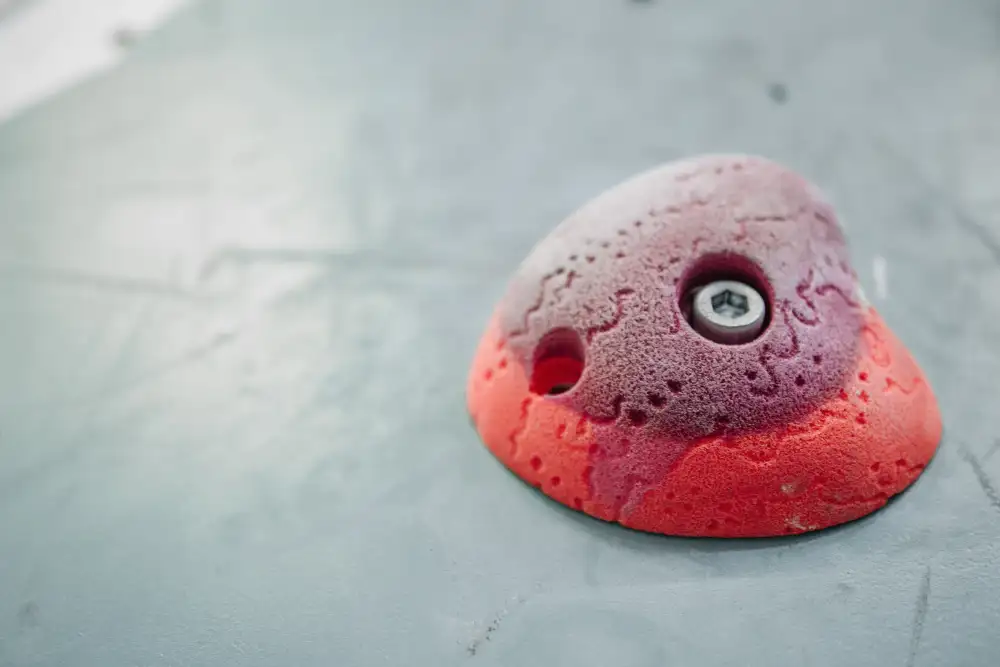Unlock the Secrets of Baking Success: Discover the Power of Active Dry Yeast in our Delectable Recipes!

- What is active dry yeast and how is it different from other types of yeast?
- The benefits of using active dry yeast in baking
- How to activate active dry yeast before using it in recipes
- Tips for storing active dry yeast to maintain its freshness
- Common recipes that use active dry yeast as an ingredient
- Frequently asked questions about active dry yeast
Active dry yeast is a key ingredient in the world of baking. It is a type of yeast that is commonly used to leaven bread and other baked goods. Yeast, in general, is a microorganism that ferments sugars and produces carbon dioxide gas, which causes dough to rise. Active dry yeast is known for its long shelf life and versatility in various recipes.
In this article, we will delve into the secrets of active dry yeast and uncover how it can enhance your baking experience. From understanding its unique characteristics to learning how to activate it properly, we will explore the power of active dry yeast in creating delectable culinary delights. So let's dive in and unlock the secrets of baking success with active dry yeast!
What is active dry yeast and how is it different from other types of yeast?
Active dry yeast is a type of yeast commonly used in baking. It is made from a single-celled organism called Saccharomyces cerevisiae, which is the same species used to make bread, beer, and wine. What sets active dry yeast apart from other types of yeast is its granular form and long shelf life.
Unlike instant yeast or fresh yeast, active dry yeast needs to be rehydrated before using it in recipes. This means that it needs to be mixed with warm water or milk to activate the yeast cells and allow them to start fermenting. The process of rehydration typically takes about 5-10 minutes.
The granular form of active dry yeast also makes it easier to measure and store compared to other types of yeast. It can be stored at room temperature for several months without losing its potency, making it a convenient choice for home bakers.
In terms of flavor and performance, active dry yeast produces a slightly slower rise compared to instant yeast but still yields excellent results. Its longer fermentation time allows for more complex flavors to develop in baked goods, resulting in a richer taste and texture.
Overall, active dry yeast is a reliable choice for baking enthusiasts who want consistent results and enjoy the process of working with traditional methods. Its versatility and long shelf life make it an essential ingredient in many classic recipes.
The benefits of using active dry yeast in baking
Active dry yeast offers several benefits when used in baking. Firstly, it provides a reliable and consistent rise to baked goods, resulting in a light and airy texture. This is especially important for breads and other yeast-based products. Secondly, active dry yeast has a longer shelf life compared to other types of yeast, making it a convenient choice for home bakers. Additionally, active dry yeast can be easily stored at room temperature, eliminating the need for refrigeration or freezing. Lastly, using active dry yeast allows for greater control over the fermentation process, resulting in improved flavor development in baked goods. Overall, incorporating active dry yeast into your baking recipes can enhance the quality and taste of your creations.
How to activate active dry yeast before using it in recipes
To activate active dry yeast before using it in recipes, follow these simple steps. First, dissolve the yeast in warm water (about 110°F) and let it sit for about 5 minutes until it becomes frothy. This process is known as proofing and ensures that the yeast is alive and active. If the yeast doesn't foam or bubble, it may be inactive or expired, and you'll need to start with fresh yeast.
It's important to use warm water within the specified temperature range as water that is too hot can kill the yeast, while water that is too cold may not activate it properly. Additionally, adding a small amount of sugar to the water can help feed the yeast and promote its activation.
Once your yeast is activated, you can proceed with your recipe as directed. Remember to adjust the liquid and flour ratios accordingly if you've used additional liquid during proofing. Activating active dry yeast ensures that it will effectively leaven your dough or batter, resulting in light and fluffy baked goods.
By activating your active dry yeast before using it in recipes, you unlock its full potential and ensure successful baking every time. So don't skip this crucial step and enjoy the delightful results of your culinary creations!
Tips for storing active dry yeast to maintain its freshness
To maintain the freshness and effectiveness of active dry yeast, proper storage is crucial. Here are some tips to ensure your yeast stays fresh:
1. Store in a cool, dry place: Yeast is sensitive to heat and moisture, so it's best to keep it in a cool and dry environment. Avoid storing it near the stove or any other heat source.
2. Use an airtight container: Transfer the yeast into an airtight container or resealable bag to protect it from air exposure. Oxygen can degrade the yeast over time, reducing its potency.
3. Refrigerate or freeze: For long-term storage, consider refrigerating or freezing your yeast. Place it in an airtight container or freezer bag before putting it in the fridge or freezer. However, be aware that frequent temperature changes can affect yeast quality.
4. Check expiration dates: Always check the expiration date on the package before using the yeast. Expired yeast may not activate properly and could result in baking failures.
By following these storage tips, you can extend the shelf life of your active dry yeast and ensure optimal results in your baking endeavors.
Common recipes that use active dry yeast as an ingredient
Common recipes that use active dry yeast as an ingredient include bread, pizza dough, cinnamon rolls, and dinner rolls. Active dry yeast is essential in these recipes as it helps the dough rise and gives it a light and fluffy texture. The yeast reacts with the sugars in the dough, producing carbon dioxide gas which creates air pockets and causes the dough to expand. This process is crucial for achieving the desired texture and flavor in these baked goods. So whether you're craving a warm loaf of bread or a delicious homemade pizza, active dry yeast is your secret ingredient for baking success!
Frequently asked questions about active dry yeast
1. What is the shelf life of active dry yeast?
Active dry yeast typically has a shelf life of 2 years if stored properly in a cool and dry place.
2. Can I use active dry yeast interchangeably with instant yeast?
Yes, you can substitute active dry yeast for instant yeast, but you may need to adjust the rising time accordingly.
3. Can I freeze active dry yeast?
Yes, freezing active dry yeast can extend its shelf life up to 4 years. Just make sure to seal it tightly in an airtight container or freezer bag.
4. How do I know if my active dry yeast is still good?
To check if your active dry yeast is still viable, dissolve it in warm water with sugar and wait for it to foam within 5-10 minutes. If it doesn't foam, it may have lost its potency.
5. Can I use expired active dry yeast?
Expired active dry yeast may not yield the best results as its leavening power decreases over time. It's recommended to use fresh yeast for optimal baking outcomes.
6. Can I activate active dry yeast directly in my recipe without proofing it first?
While some recipes allow for direct activation of active dry yeast, proofing it first ensures that the yeast is alive and ready to leaven your dough effectively.
7. Does using more active dry yeast result in faster rising dough?
Using more active dry yeast than required won't necessarily speed up the rising process and may affect the flavor of your baked goods negatively.
8. Is there a difference between regular and rapid-rise active dry yeasts?
Rapid-rise or quick-rise yeasts are specially formulated to work faster than regular active dry yeasts, reducing rising times by about 50%.
Remember, always follow the instructions provided by the recipe or manufacturer when working with active dry yeast for optimal baking results!
Conclusion: Enhance your baking with the versatility of active dry yeast. Active dry yeast is a powerful ingredient that can elevate your baking to new heights. Its ability to create carbon dioxide gas during fermentation helps dough rise and results in light, fluffy breads and pastries. Unlike other types of yeast, active dry yeast is easy to use and can be stored for long periods without losing its potency. By activating it before use and following proper storage techniques, you can ensure consistent baking success. So why not unlock the secrets of baking success by incorporating active dry yeast into your delectable recipes? Your taste buds will thank you!
Published: 12. 02. 2024
Category: Recipes



